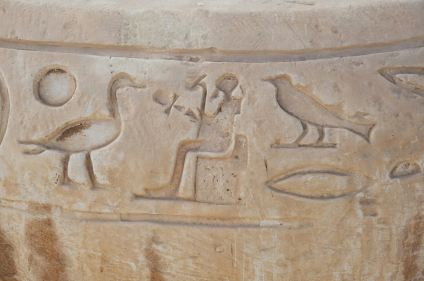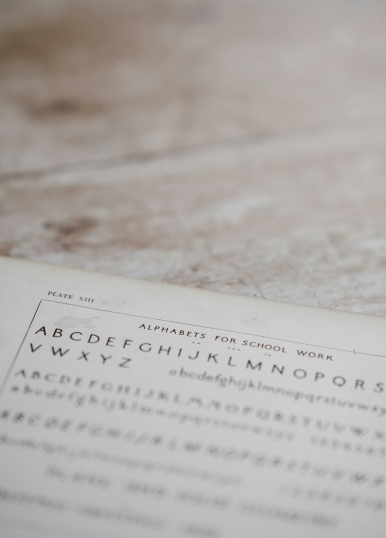
A Journey Through the Rich History of Typography
In today’s digital age, typography surrounds us in every aspect of our lives. From the signs on the streets to the screens of our devices, the art of typography plays a crucial role in communication and design. But have you ever wondered where it all began? Join me on a captivating journey through the rich history of typography, starting way back with the ancient hieroglyphics of Egypt.
The story of typography traces back thousands of years, to a time when written communication took on a whole new form with the invention of hieroglyphics. These intricate symbols, carved into stone and painted on papyrus, served as the earliest form of written language, conveying complex meanings and stories of ancient civilizations. From the majestic pyramids of Giza to the tombs of pharaohs, hieroglyphics adorned the walls, preserving the history and culture of ancient Egypt for centuries to come.
Fast forward to the invention of movable type in ancient China, where craftsmen carved characters onto individual wooden blocks, allowing for the printing of books and documents on a scale never before seen. This revolutionary technique paved the way for the spread of knowledge and ideas, fueling the Renaissance and the Age of Enlightenment in Europe.
In the 15th century, Johannes Gutenberg’s invention of the printing press marked a turning point in the history of typography. With the ability to mass-produce books and pamphlets, literacy rates soared, and the printed word became more accessible to the masses. Gutenberg’s innovative use of movable type laid the foundation for the modern printing industry, shaping the way we communicate and consume information to this day.
As we journey through the centuries, we witness the evolution of typography from traditional letterpress printing to the digital age of today. With the advent of computers and design software, designers now have an unprecedented array of tools at their disposal to create stunning typographic compositions.
But even in this digital landscape, the principles of typography remain rooted in the rich history of the craft. Whether it’s the timeless elegance of serif fonts or the sleek modernity of sans-serif typefaces, typography continues to shape our visual language and evoke emotion in ways both subtle and profound.
So the next time you see a beautifully designed poster or a meticulously crafted logo, take a moment to appreciate the centuries of history and innovation that have led to the art of typography as we know it today. From the humble beginnings of hieroglyphics to the endless possibilities of modern fonts, typography truly is a journey worth celebrating.


Leave a Reply